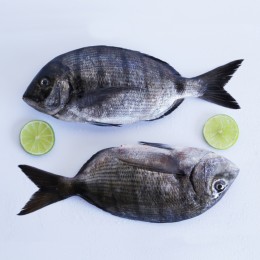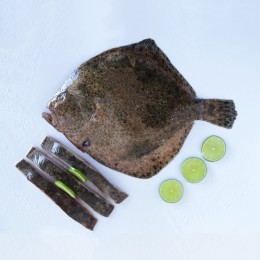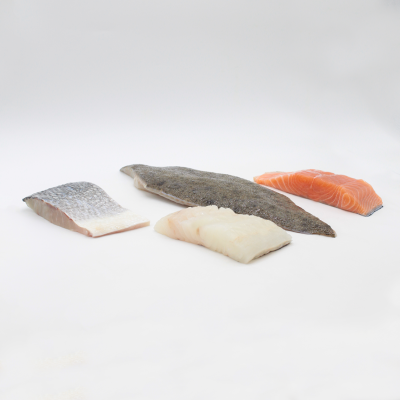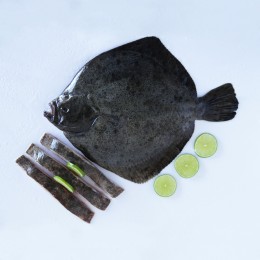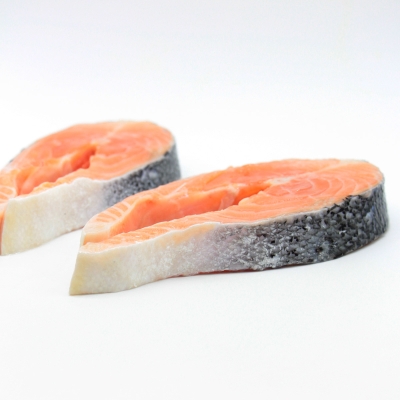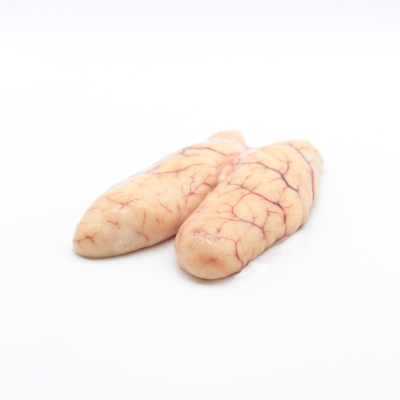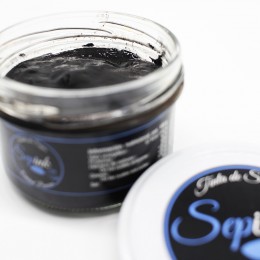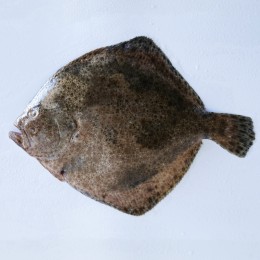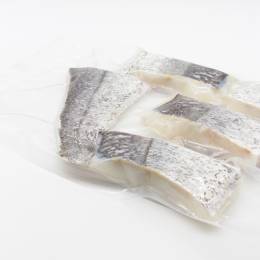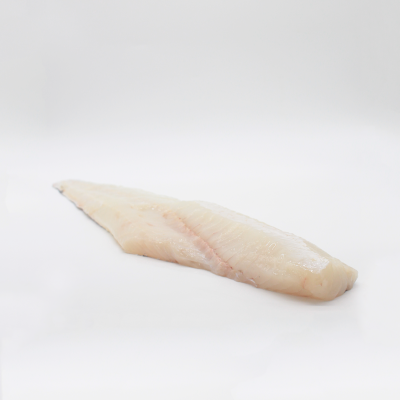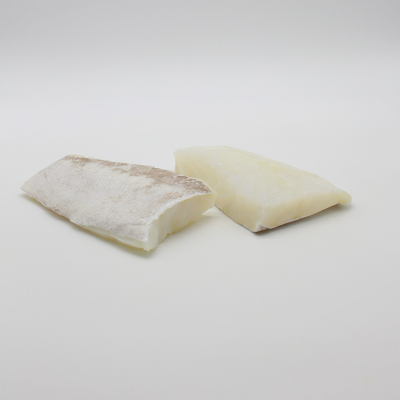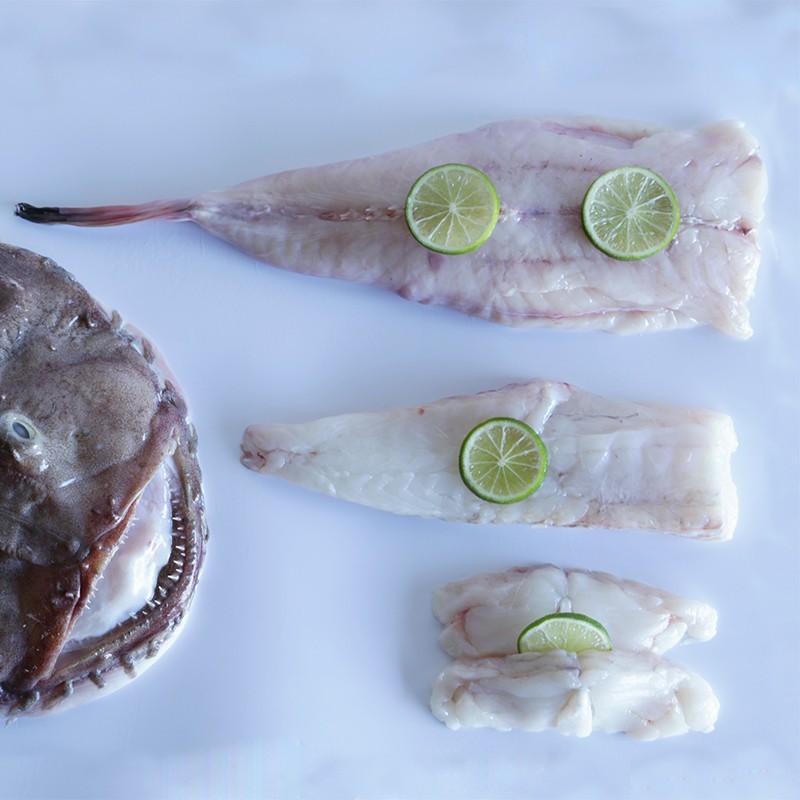

Black-bellied monkfish tail
68.00€ Kg
Tax included
The monkfish tail is approximately half the weight of a piece of monkfish.
Recommended for 5-7 people.
The most popular ways to order your monkfish tail are as follows:
- Whole and clean.
- Sliced (approx. 8-10 servings.).
- In two individual loins, which can also be cut into individual portions of 100 g each (approx. 15-18 servings).
You can also request it be vacuum packed.
All our fish can be frozen, being so fresh it’s great at maintaining all its properties. Don’t forget to visit our fish recipes section.
Allergens














